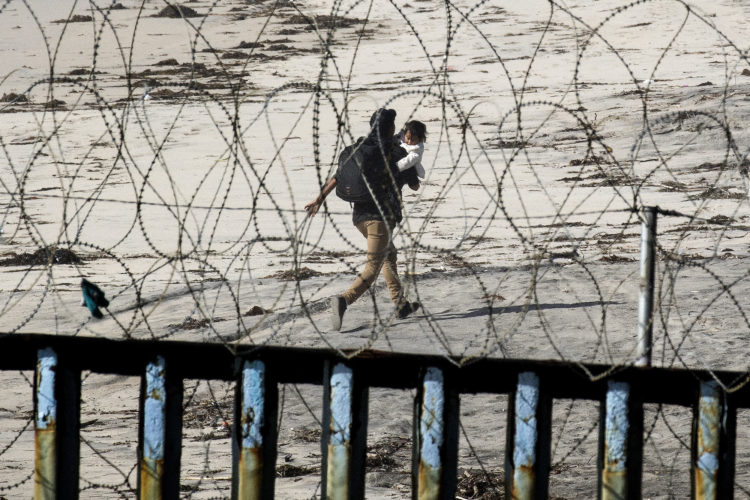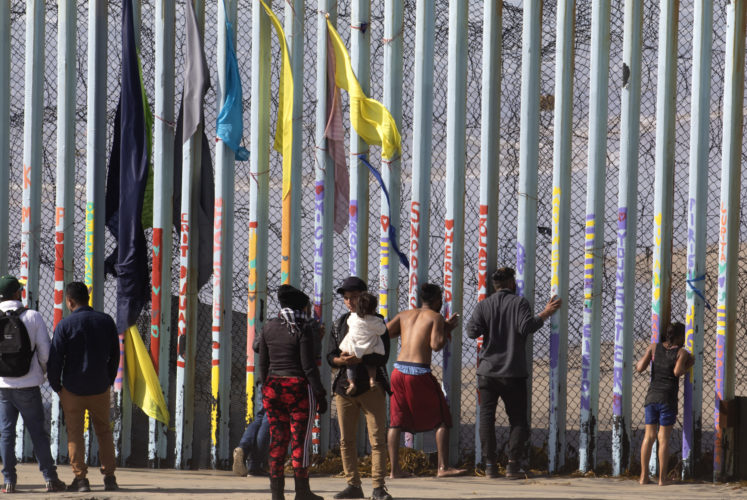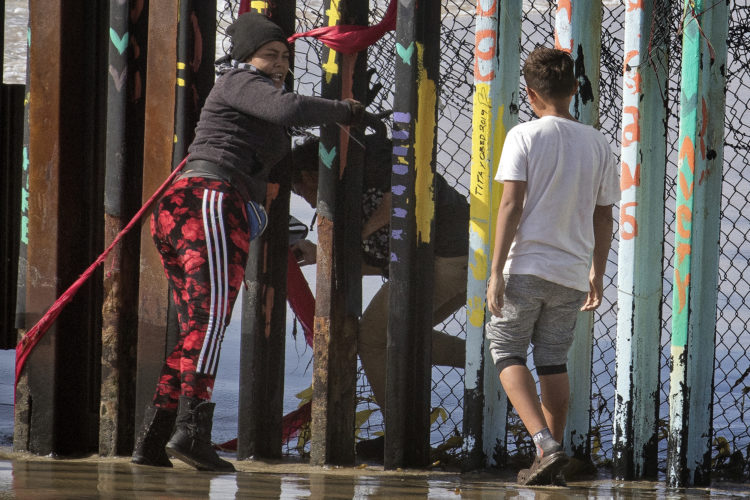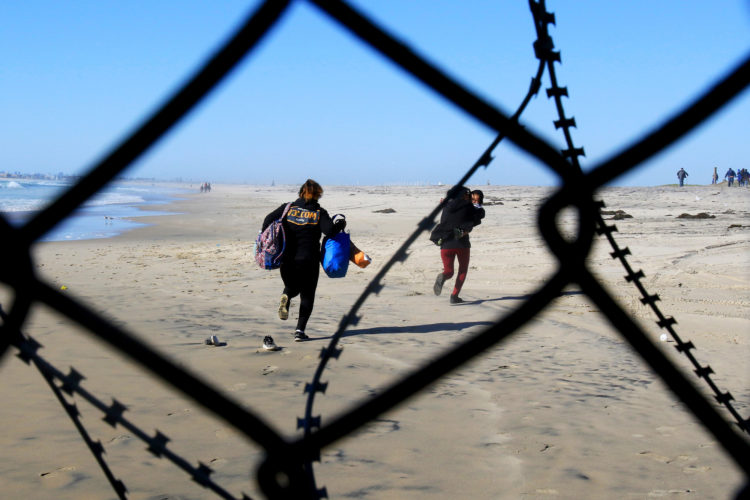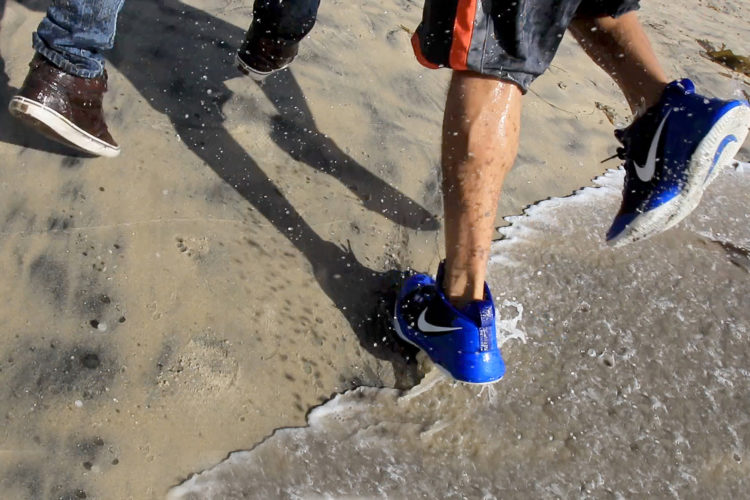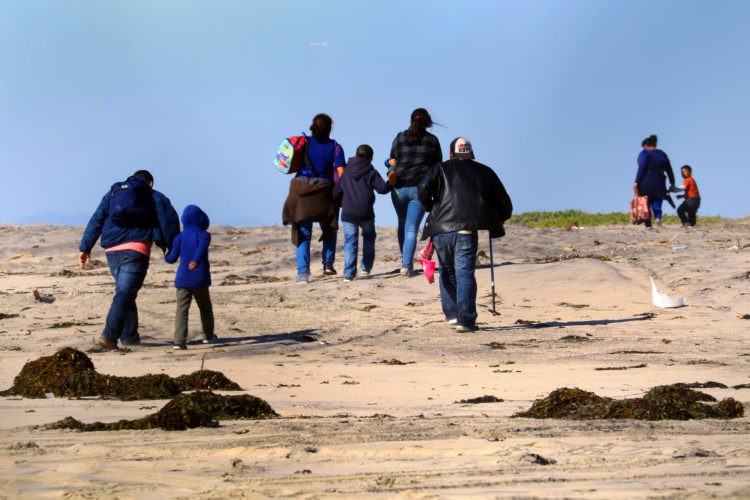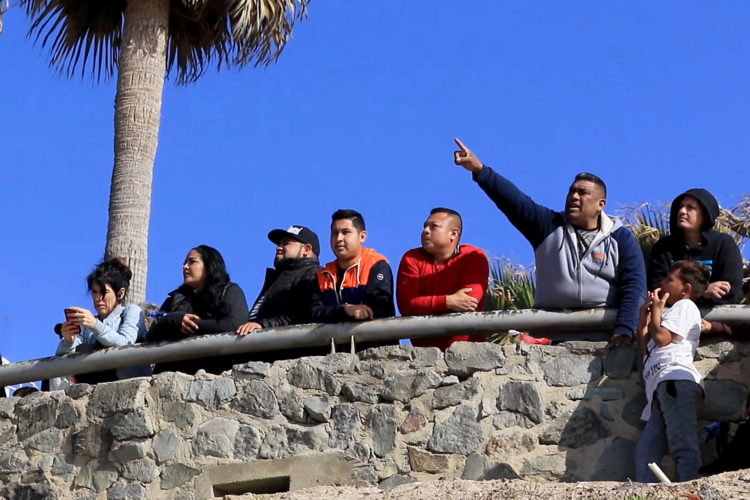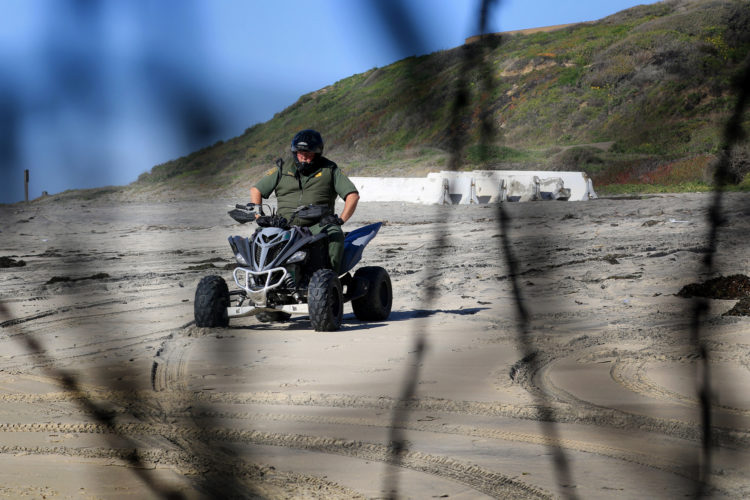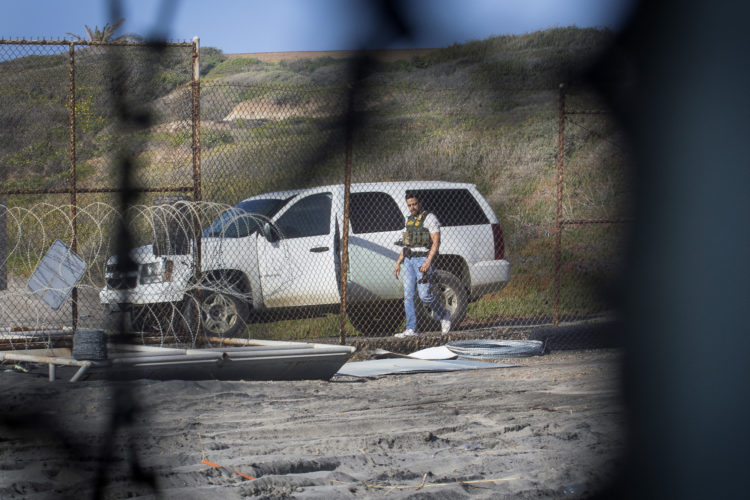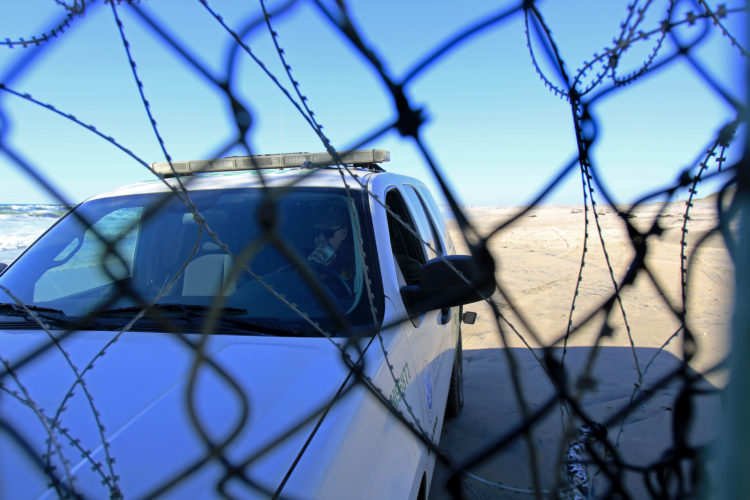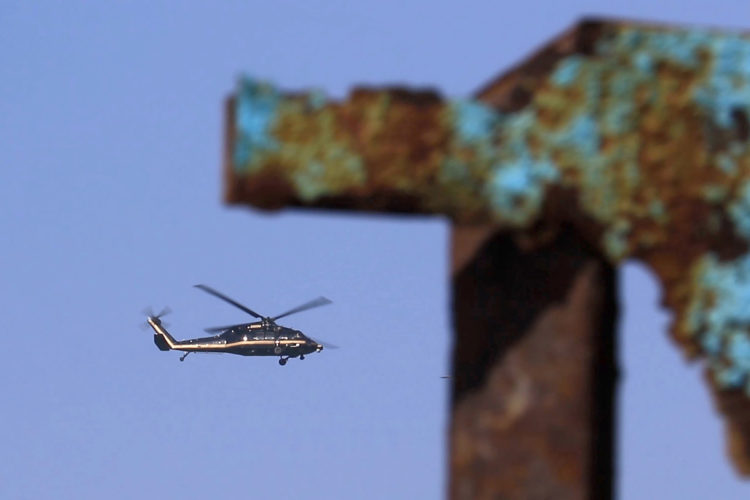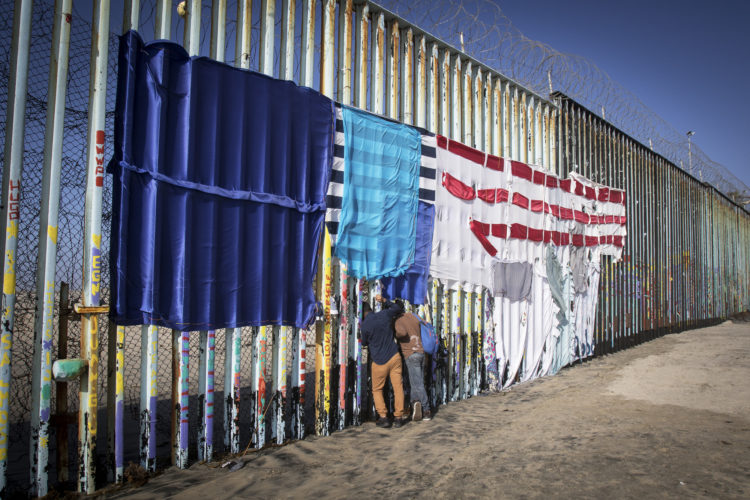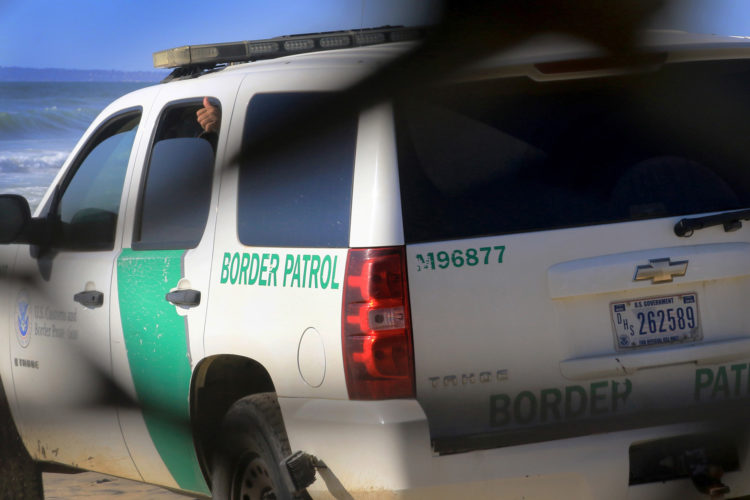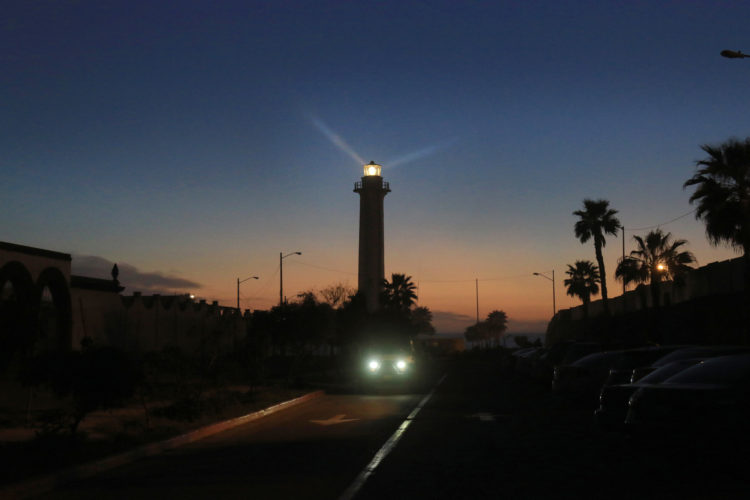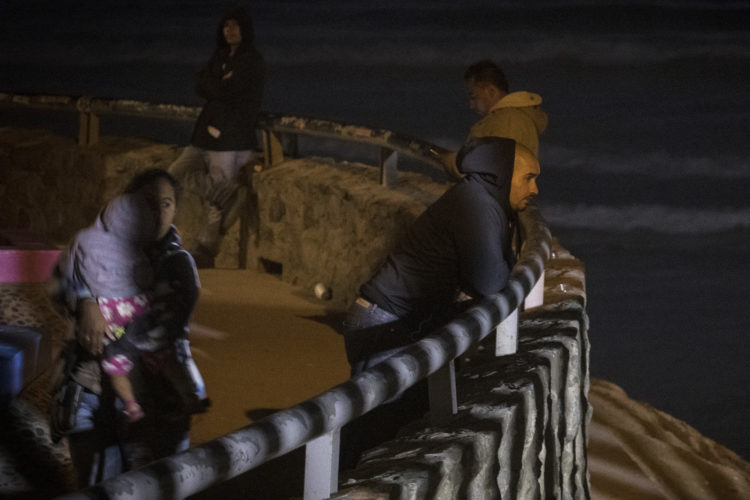The Border
Migrants Entering the U.S. Face Many Obstacles Tijuana - San Diego, CA | March 2019
Go to Photo GalleryPresident Donald Trump has repeatedly said the crisis at the southern border with Mexico is the greatest threat facing America. And that only a big wall separating the countries can solve the problem. It was his signature campaign promise, and it rallied his supporters. In many ways, it helped him win the election.
So far, his promise to construct a “big beautiful wall” and to have Mexico pay for it has not been fulfilled. It eventually led to a partial shutdown of the federal government for 35 days in December 2018. Although he remains committed to building the barrier, he hasn’t been able to get the money to do it. And Mexico has been steadfast in its refusal to pay for it.
In February 2019, the number of undocumented immigrants crossing the border between Mexico and the U.S. was the highest total in 12 years, according to statistics by U.S. Customs and Border Protection (CBP). A total of 76,103 immigrants without the needed documentation to enter the U.S. either presented themselves at ports of entry or were apprehended by CBP between ports of entry along the border and requested asylum. It is also the highest single-month total since Trump was elected. In that same month, he declared a national emergency and ordered billions of military funds be appropriated to build a border wall.
As of December 2019, 93 miles of barriers have been built during the Trump administration, according to the acting Commissioner of U.S. Customs and Border Protection Mark Morgan. Ninety of those miles replaced existing structures. The border stretches roughly 2,000 miles in total. The current boundary consists of a series of fences, walls, pillars, checkpoints, and natural barriers. In the southwest between San Diego and Tijuana, where many of these photos were taken in March 2019, the wall is made of solid steel vertical pillars that go deep into the ground and rise about 20-25 feet. The posts are roughly 6-8 inches apart, making it very difficult for even a slightly-built person to squeeze through. There is also a fence fortified with concertina wire creating a double barrier. The fencing continues through the beach area in La Playa and extends about 30yards into the Pacific Ocean. In Texas, the Rio Grande and the rugged mountain terrain serve as natural barriers. In other parts, there’s an assortment of fences, walls, and vehicle impediments. But they do not all connect into one continuous barrier, and there are many areas that have no fencing at all.
But in the spring of 2018, I witnessed a number of migrants sneak through the border wall in Tijuana and elude border patrol and make safely into the U.S.Despite significant patrols and fortifications.
In the U.S., CBP agents patrol the areas along the border vigorously. They utilize a variety of high-tech surveillance and monitoring methods, including tower-mounted and motion-detection cameras, drones, and helicopter patrols. The U.S. side is generally off-limits to the public, and CBP prohibits people from approaching the barriers. On the Mexican side, there is very little if any security on patrol and the public can stride right up to the wall. In Tijuana, there is a coastal esplanade south of the fence called La Playa. It is a beachy hangout for activists, artists, and tourists snapping selfies. It’s also where desperate deportees and migrants tend to gather and gaze through the border fence looking at the U.S. This is where many migrants are seeing the U.S. for the first time. The Mexico side of the wall also has many politically-charged art installations, featuring images, poems, and slogans, most condemning Trump and U.S. immigration policy.
In July 2019, the Supreme Court temporarily approved Trump’s plan to begin using $2.5 billion in Pentagon money for the construction, giving him a victory in his fight for a wall. The court said that they could use the funds while litigation over the matter proceeds. It is estimated that it will cost between $15 and $25 billion. In 2017, the U.S. spent roughly $116 billion on illegal immigration across the country, which is considerably less than the wall construction estimates.
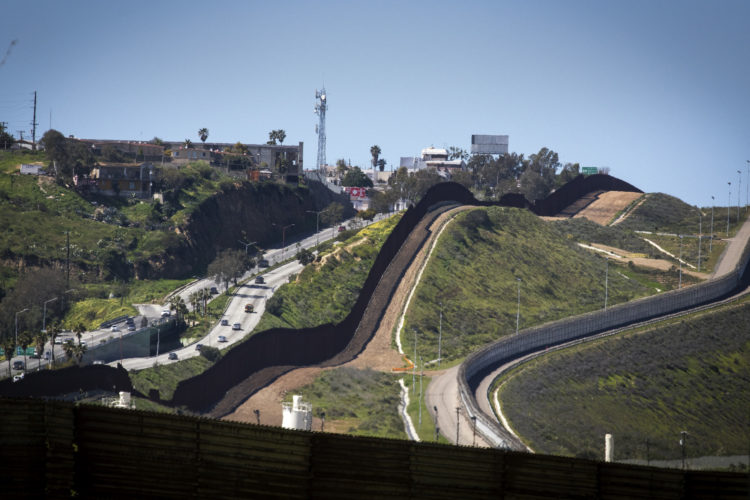
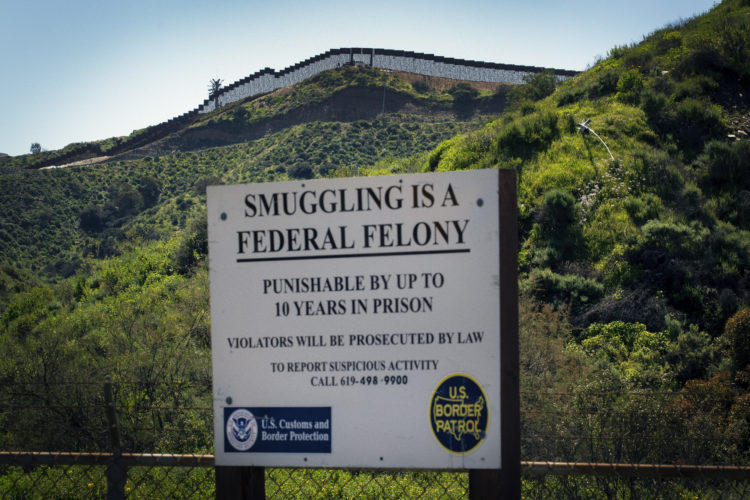

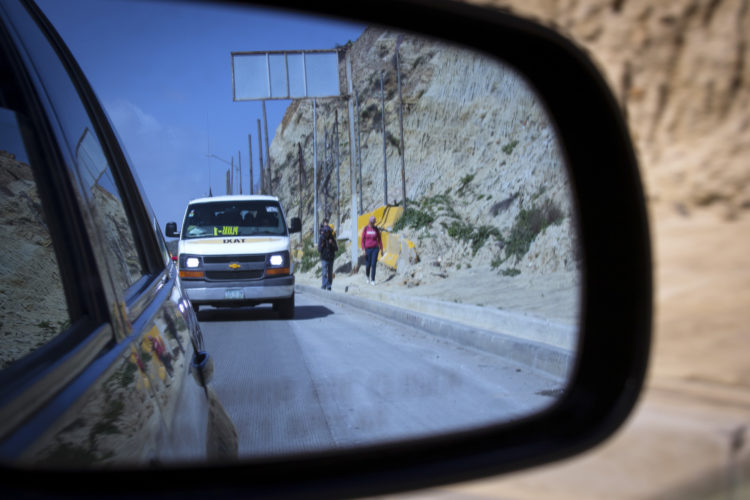
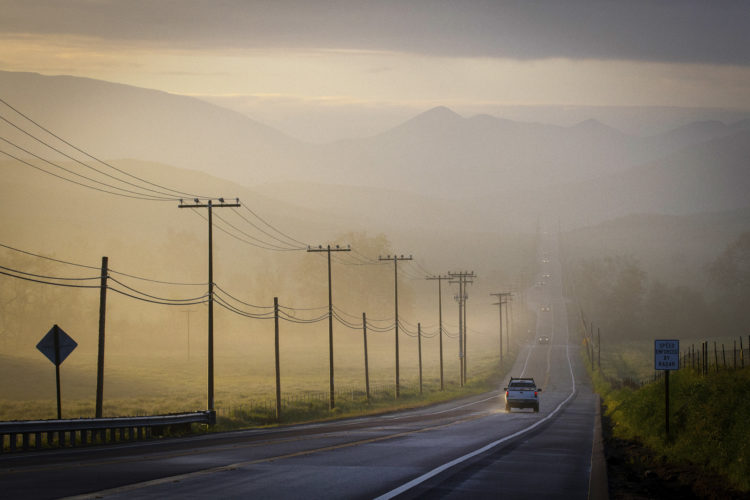
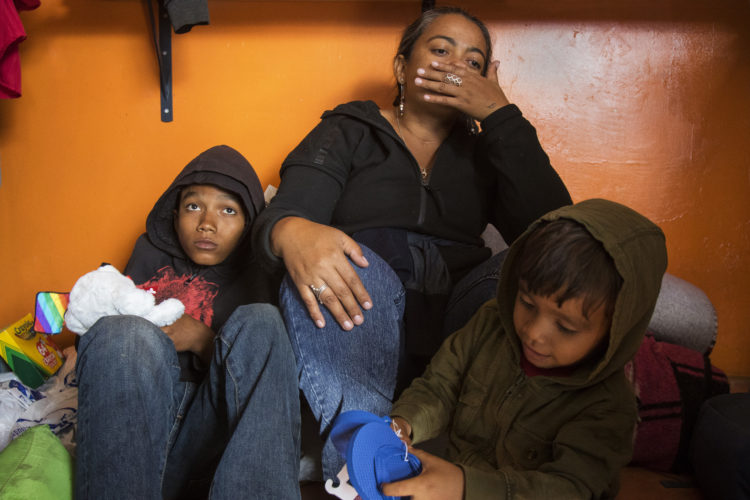
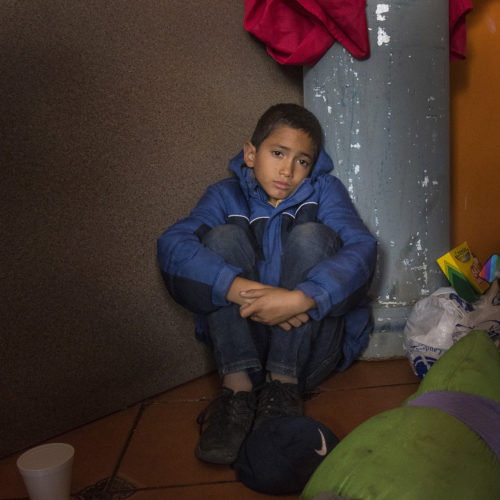
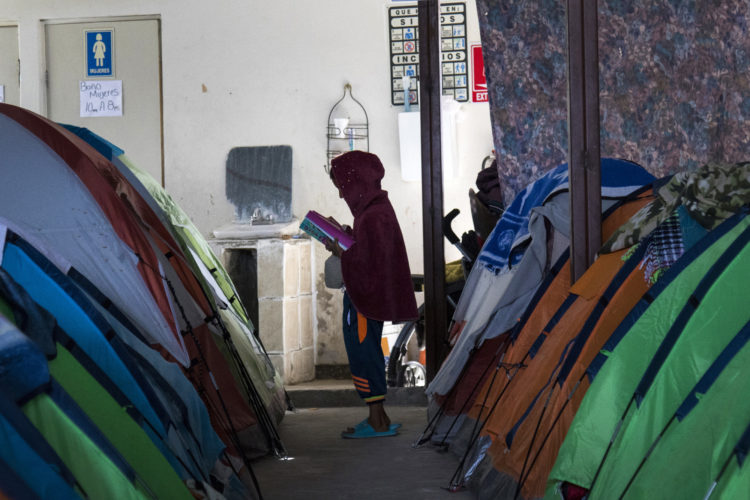
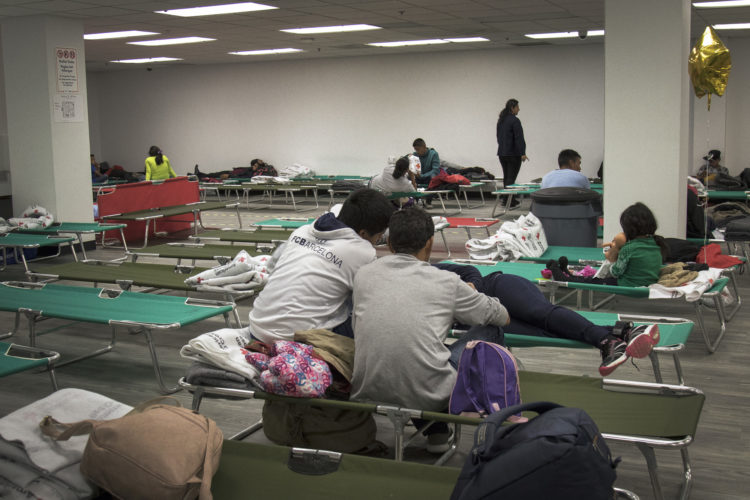

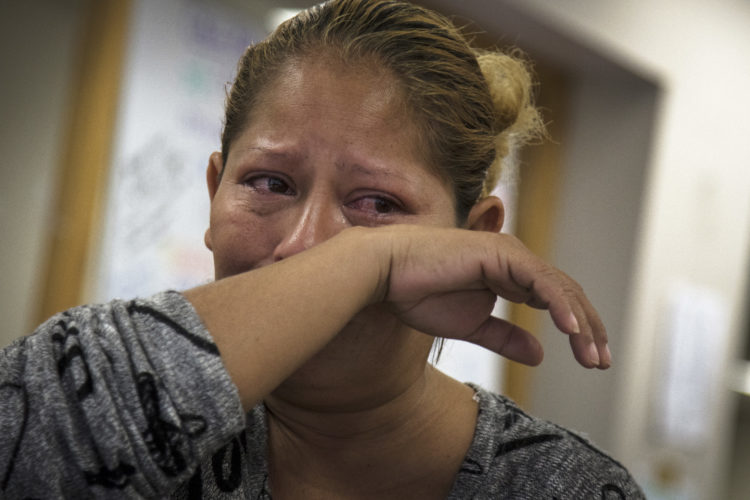
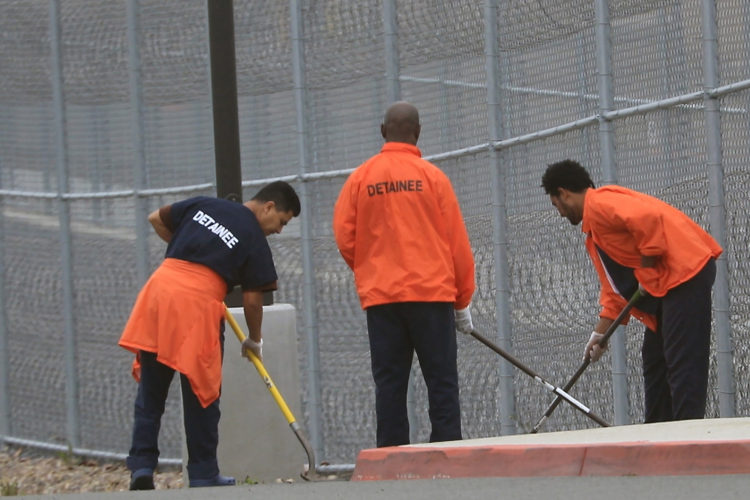
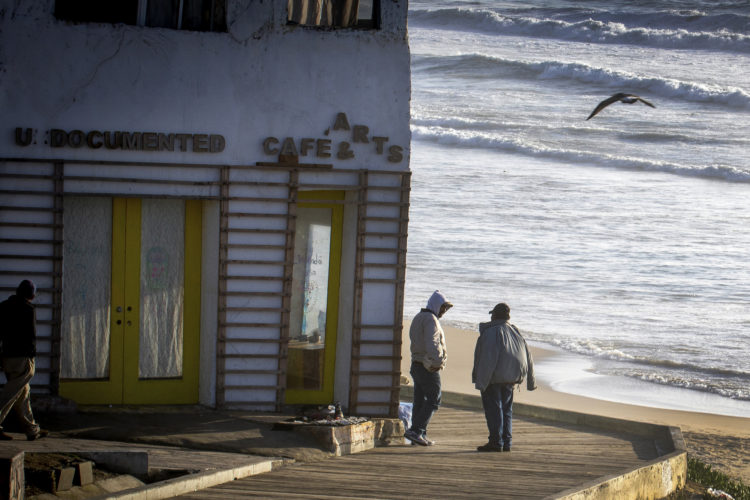
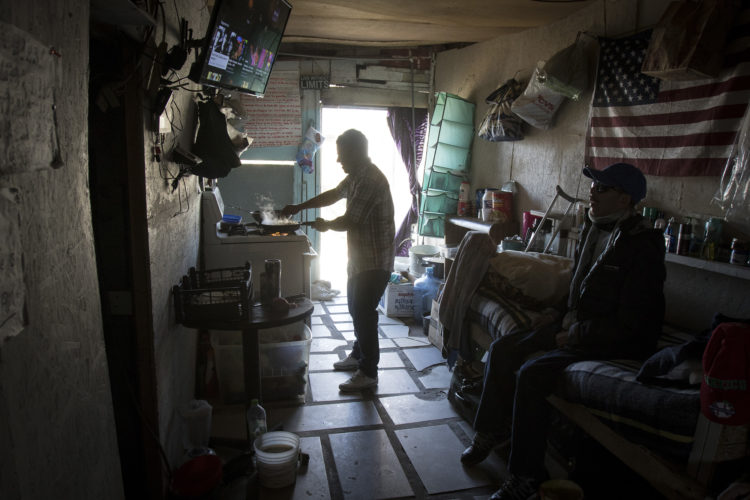
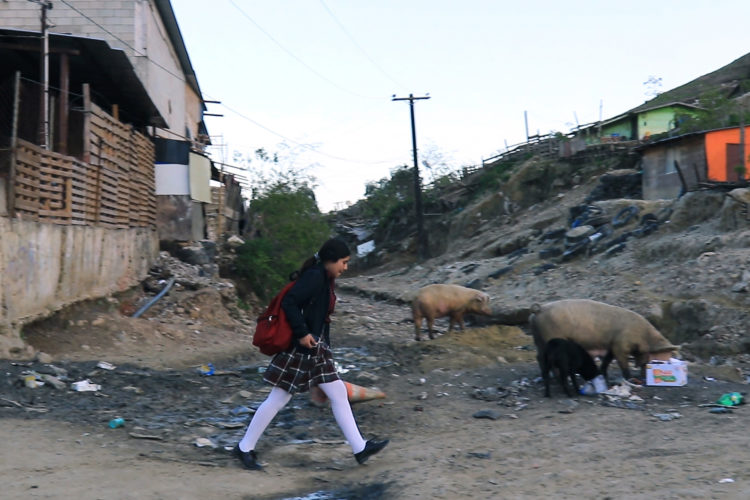
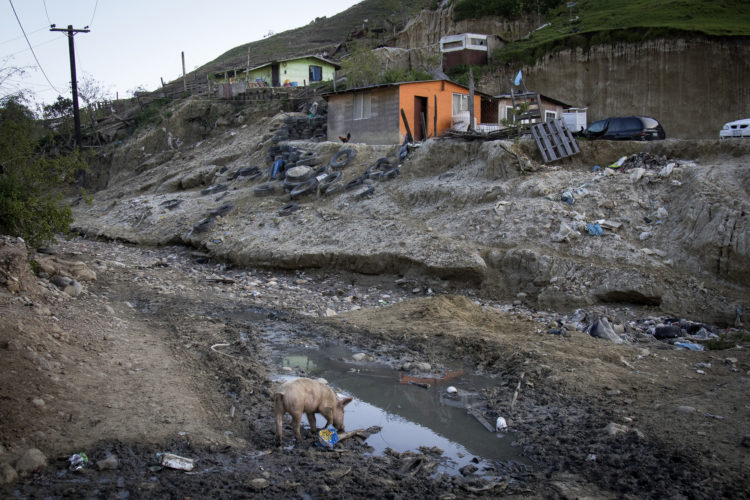
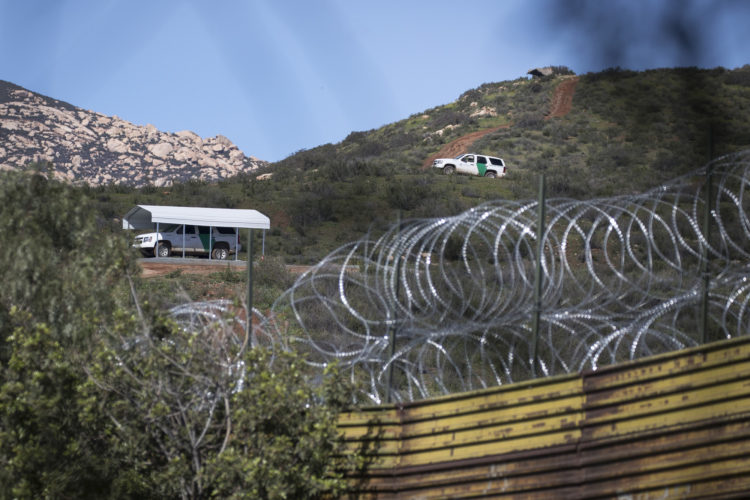
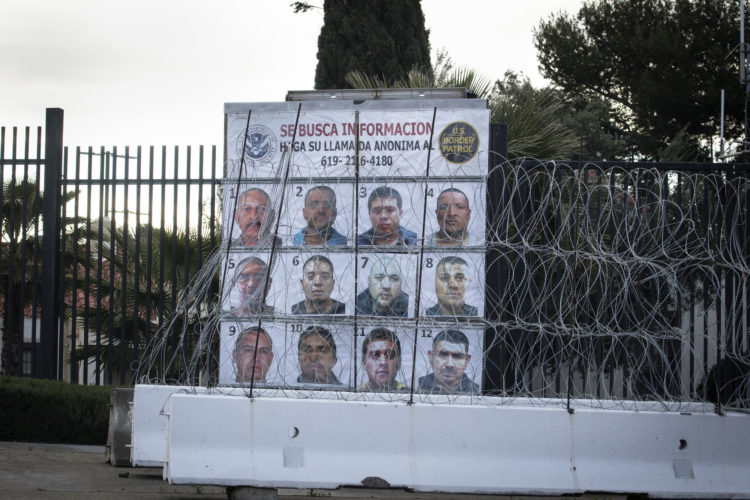
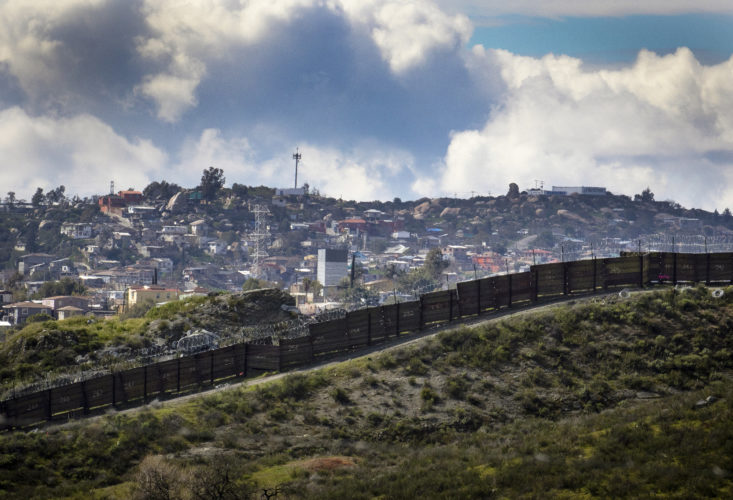
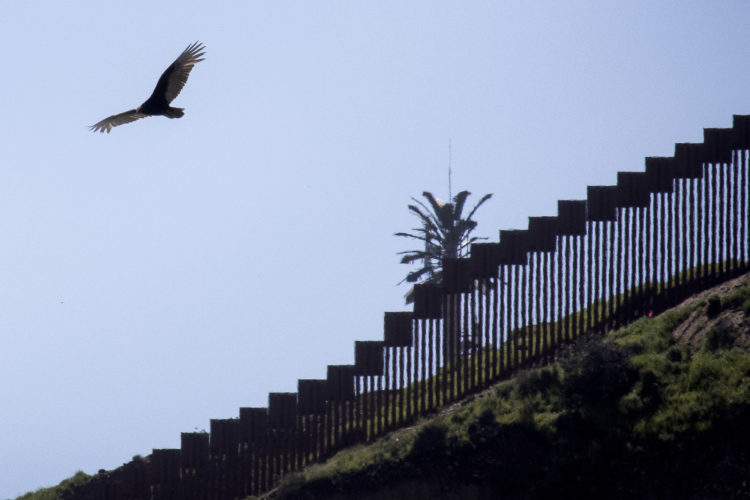

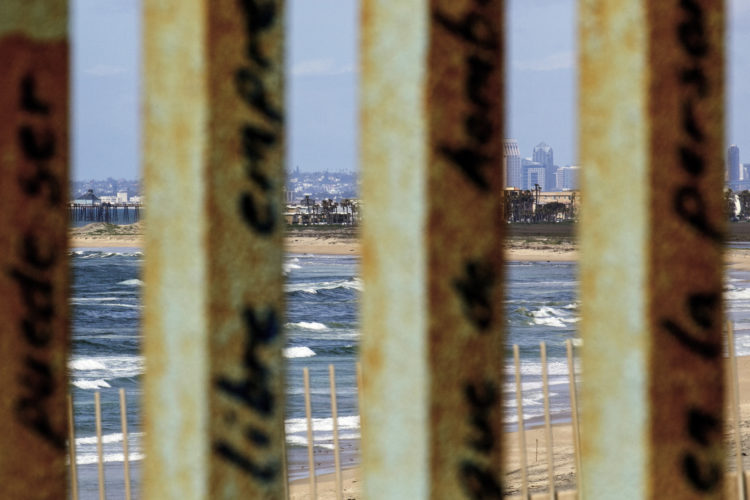
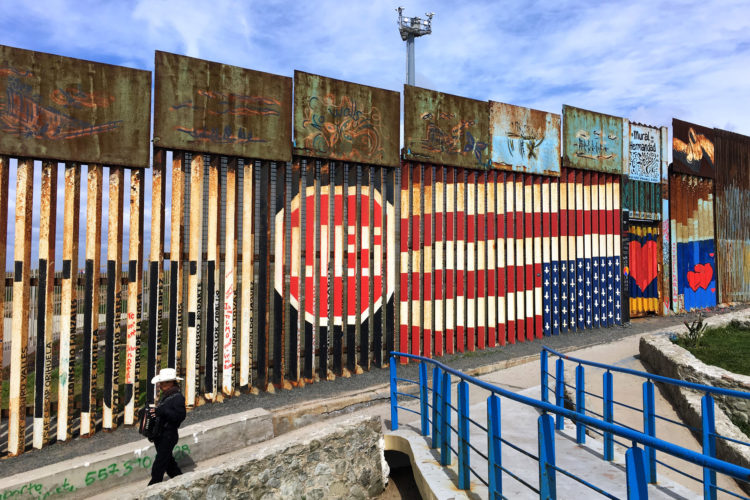
Dozens of Migrants Breach U.S.-Mexico border fence
Tijuana, Mexico
March 2019
While reporting in Tijuana in March 2018, in La Playa, a sunny beach area on the Pacific where the border wall extends a hundred yards out into the ocean, I saw a 22-year-old Honduran man make a daring and dramatic run down the beach carrying his young daughter on his shoulders. Remarkably, I photographed him as he squeezed through the seemingly impenetrable border fence, where a section of the lattice and barbed wire had been pulled back. He then sprinted roughly four miles to Imperial Beach, the southernmost city in California, while U.S. Customs and Border Protection (CBP) agents were seemingly not watching. A group of 30-40 people gathered on the esplanade and watched as the drama unfolded. Some cheered as they sprinted down the beach.
Shortly after he broke through, I saw at least five other migrants follow behind him. One of them also was carrying a young child. The man’s friend “Jay” stayed behind. Jay later told me through a translator his friend was not captured, remarkably, and said the man running with his child made it safely to the Los Angeles area a day later. The group arrived in a migrant caravan the day before, and that his friend was highly anxious to cross over illegally, saying he didn’t want to spend another night in a shelter because he had a mother and friends waiting for him in the U.S.
Weeks later, I connected with the man carrying his child via Facebook. He and his daughter are currently living with family elsewhere in the U.S.
Locals in Tijuana told me this was NOT a common occurrence. This border area is usually heavily fortified with CBP agents on patrol, with surveillance cameras keeping watch, and concertina wire lining the fence. But the next day a similar drama unfolded at the very same time and location, as another group of migrants breached the border fence. Some of them carried small children in their arms as they ran down the coast towards Imperial Beach. Fallen clothing, sneakers, and children’s toys were left behind in the sand. This time the CBP agents were ready, and eventually arrested 52 people. many were apprehended about 200 yards from the border fence on the U.S. side. CBP said the group included 23 men, between the ages of 18 to 53. There were also 12 women aged 21 to 50 and 17 minors between the ages of 1 and 14 years old.
They were transported to a nearby Border Patrol station for identification and turned over to ICE.
- Read full story in Los Angeles Times, photos and video by Thomas E. Franklin.
- Podcast interview with Thomas E. Franklin, by San Diego News Fix
